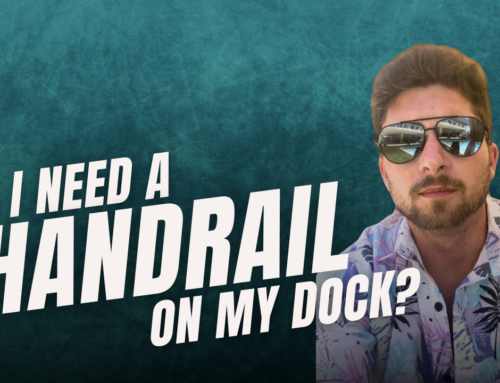Ensuring Longevity: Tips for Maintaining Your Concrete Seawall
Investing in shoreline property often means navigating the complexities of shoreline erosion control, particularly concerning seawalls or rip ramps. These structures are not only substantial financial investments but also pivotal for safeguarding your property against the relentless forces of nature. In this guide, we’ll delve into practical strategies for extending the lifespan of your concrete seawall, thereby mitigating the need for premature replacement.
Understanding the Evolution:
Seawalls constructed in the mid-20th century differ significantly from modern-day counterparts. Original seawalls, crafted from concrete or cinder blocks, often lacked adherence to contemporary building codes and inspection protocols. Consequently, many of these aging seawalls exhibit signs of deterioration, prompting concerns among property owners.
The Importance of Vigilance:
One of the most effective methods for preserving an existing concrete seawall is consistent inspection. Regularly assessing the structure for visible cracks, erosion, or signs of weakening is paramount. Pay close attention to the top surface and any cracks that may compromise the integrity of the wall.
Addressing Cracks:
Cracks in a concrete seawall pose a significant risk, as they allow water to penetrate and accelerate deterioration. To address cracks effectively, consider the following steps:
- Thorough Cleaning: Begin by cleaning the cracked area to remove debris and ensure optimal adhesion for repair materials.
- Grinding: Use a grinder to open up the crack, creating a suitable channel for sealant application.
- Sealant Application: Choose an appropriate sealant, such as epoxy or elastomeric sealant, and fill the crack thoroughly to prevent water infiltration.
For larger cracks, hydraulic cement offers a robust solution, capable of withstanding the harsh marine environment.
Combatting Erosion:
Erosion behind the seawall presents a dual threat: destabilizing the structure and compromising its protective function. Keep a vigilant eye for signs of erosion, even if they aren’t immediately visible. Addressing erosion promptly can prevent costly structural damage and ensure the longevity of your seawall.
Understanding Structural Dynamics:
Visualize your seawall as a balance between opposing forces. The earth behind the wall provides crucial support, preventing both backward and forward movement. Without sufficient fill behind the seawall, the risk of structural failure increases exponentially, highlighting the importance of erosion prevention and crack repair.
Conclusion:
Maintaining a concrete seawall is an ongoing commitment, but the benefits of proactive care far outweigh the costs of neglect. By prioritizing regular inspections, addressing cracks promptly, and monitoring erosion behind the wall, you can extend the lifespan of your seawall and protect your shoreline property investment for years to come. With diligence and proactive maintenance, your concrete seawall will continue to stand as a resilient barrier against the relentless forces of nature.
For more information on our services CLICK HERE!





